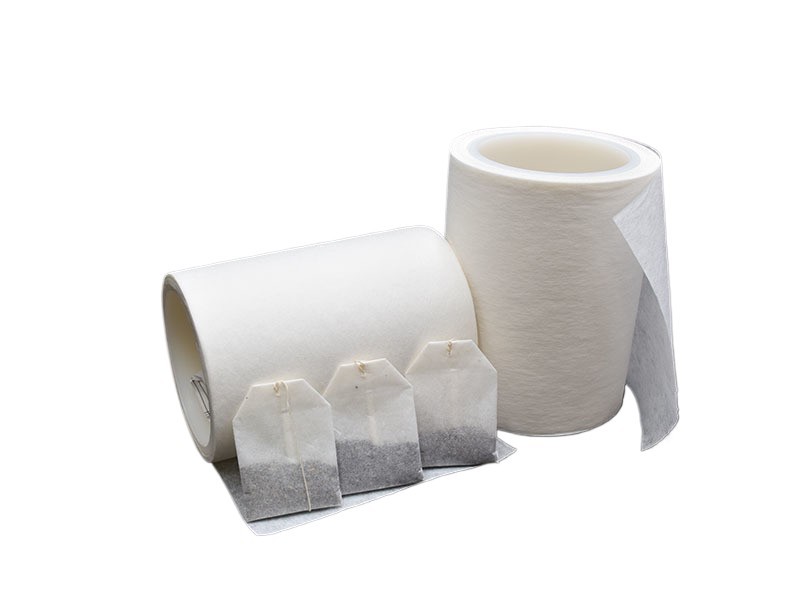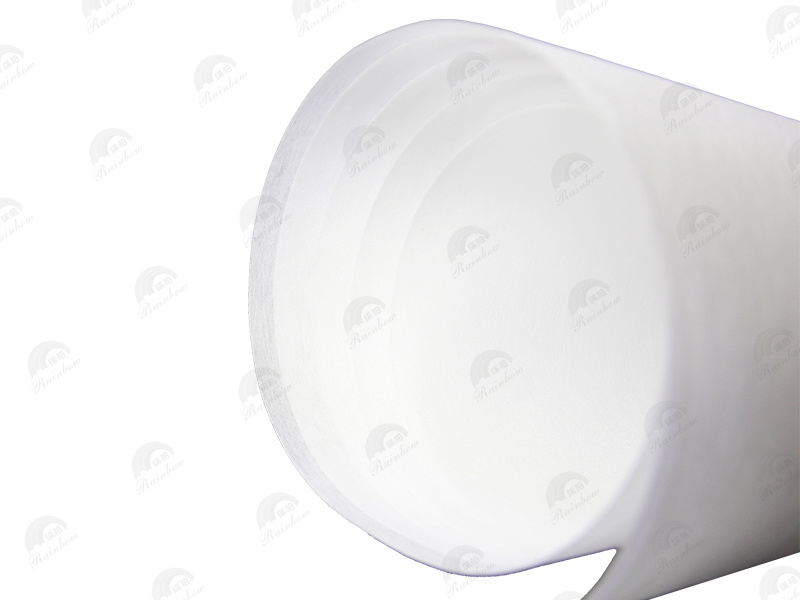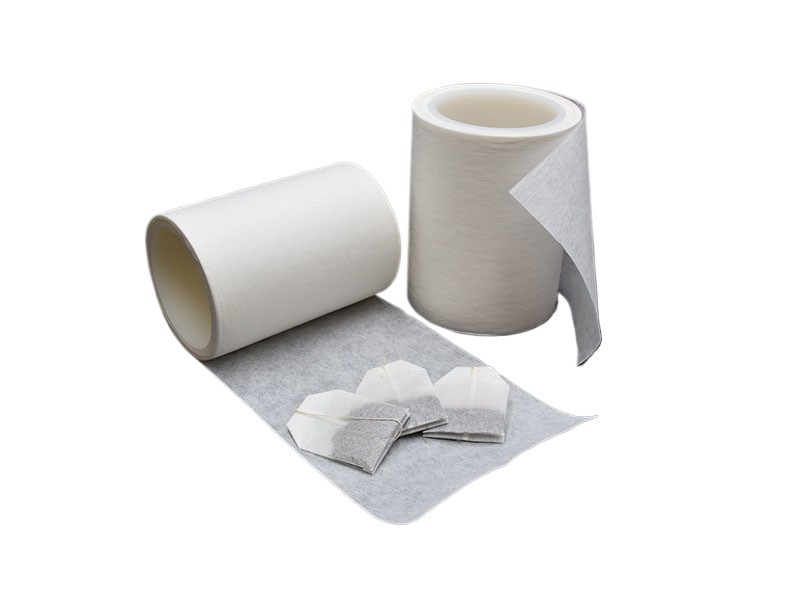Exploring the Versatility of Lightweight Nonwoven Interlining for Fashion Shirts
Release time:
2025-07-03
Exploring the Versatility of Lightweight Nonwoven Interlining for Fashion Shirts
Table of Contents
- 1. Introduction to Nonwoven Interlining
- 2. What is Lightweight Nonwoven Interlining?
- 3. Benefits of Using Lightweight Nonwoven Interlining in Fashion Shirts
- 4. Applications of Nonwoven Interlining in Fashion Design
- 5. Types of Lightweight Nonwoven Interlining
- 6. How to Choose the Right Nonwoven Interlining for Your Fashion Shirts
- 7. Current Trends in Lightweight Nonwoven Interlining
- 8. The Future of Lightweight Nonwoven Interlining in Fashion
- 9. Conclusion
- 10. Frequently Asked Questions
1. Introduction to Nonwoven Interlining
In the dynamic world of fashion, the choice of materials significantly impacts garment quality, comfort, and aesthetic appeal. One material that has gained immense popularity in fashion apparel, particularly shirts, is **lightweight nonwoven interlining**. This innovative textile not only enhances the structural integrity of shirts but also provides a foundation for intricate designs, making it a staple in modern garment construction.
2. What is Lightweight Nonwoven Interlining?
Lightweight nonwoven interlining is a specialized fabric made from synthetic fibers, bonded together through mechanical, chemical, or thermal processes. Unlike traditional woven interlinings, nonwovens are produced in a way that allows for greater flexibility and a softer hand feel. This quality makes them particularly suitable for fashion shirts, where comfort and drape are essential.
Understanding the Composition
Nonwoven interlining is typically composed of polyester, nylon, or a blend of both, ensuring durability, resilience, and ease of care. The lightweight nature of these interlinings allows them to maintain the shirt's silhouette without adding bulk, making them ideal for contemporary styles.
3. Benefits of Using Lightweight Nonwoven Interlining in Fashion Shirts
The integration of lightweight nonwoven interlining in fashion shirts offers a multitude of benefits that cater to both designers and consumers alike.
Enhanced Structure and Shape
Nonwoven interlining provides essential support to collars, cuffs, and button plackets, helping maintain their shape even after multiple washes. This structural integrity is crucial for the overall polish of a shirt.
Improved Comfort and Breathability
The lightweight nature of nonwoven interlining ensures that shirts remain breathable and comfortable, allowing for ease of movement. This is particularly important for shirts worn in warmer climates or during active wear.
Versatility in Design
Designers can experiment freely with various styles and embellishments without worrying about the fabric losing its integrity. Nonwoven interlining can be easily cut, stitched, and manipulated, making it a versatile choice for creative fashion applications.
4. Applications of Nonwoven Interlining in Fashion Design
Lightweight nonwoven interlining finds applications in various aspects of shirt design, enhancing everything from casual wear to high-end fashion.
Shirt Collars and Cuffs
One of the most common applications is in shirt collars and cuffs, where the interlining provides a crisp finish. This enhancement not only improves the overall aesthetic but also contributes to the longevity of the garment.
Button Plackets and Yokes
For button plackets and yokes, nonwoven interlining ensures that these crucial areas maintain their shape and function effectively. This application is essential for maintaining the integrity of the shirt over time.
Fashion-forward Styles
As fashion evolves, so do the styles. Nonwoven interlining allows designers to incorporate unique cuts and drapes, pushing the boundaries of traditional shirt design while ensuring quality and durability.
5. Types of Lightweight Nonwoven Interlining
Not all nonwoven interlinings are created equal. Each type offers distinct properties that cater to different fabric weights and styles.
Fusible vs. Non-fusible Nonwoven Interlining
Fusible nonwoven interlining has a heat-activated adhesive on one side, allowing it to bond directly to the fabric. This is ideal for shirts that require a seamless finish. In contrast, non-fusible varieties are typically basted or stitched into place, offering flexibility for complex designs.
Weight Variations
Nonwoven interlinings come in various weights, ranging from ultra-light to heavier options. Designers can choose based on the desired drape and structure of the shirt, allowing for customization that meets specific fashion needs.
6. How to Choose the Right Nonwoven Interlining for Your Fashion Shirts
Selecting the appropriate nonwoven interlining requires careful consideration of several factors.
Fabric Compatibility
Understanding the fabric of the shirt is crucial when choosing nonwoven interlining. Lighter fabrics often require lighter interlinings to maintain drape, while heavier fabrics may necessitate more substantial options for added support.
End Use of the Garment
Consider the end use of the shirt. For formal occasions, a stiffer interlining may be appropriate, while casual wear may benefit from a softer, more flexible option.
Laundering Considerations
Take into account how the shirt will be cared for. If the shirt is likely to be washed frequently, choose a nonwoven interlining that is durable and can withstand repeated laundering without losing its structure.
7. Current Trends in Lightweight Nonwoven Interlining
The fashion industry is dynamic, with trends continually evolving. Current trends in nonwoven interlining reflect the growing demand for sustainability and innovation.
Sustainable Options
With an increasing focus on eco-friendly materials, manufacturers are developing sustainable nonwoven interlining options made from recycled fibers and biodegradable materials. These innovations align with consumer demands for environmentally responsible fashion.
Smart Fabrics
The advent of smart textiles has also influenced nonwoven interlining. Incorporating technology such as moisture-wicking and temperature regulation enhances the functionality of fashion shirts, making them suitable for a variety of conditions.
8. The Future of Lightweight Nonwoven Interlining in Fashion
As fashion continues to innovate, nonwoven interlining will undoubtedly play a crucial role in shaping the future of garment design.
Advancements in Technology
Technological advancements in textile manufacturing will lead to the development of even more sophisticated nonwoven interlining options, enhancing performance attributes while maintaining comfort and style.
Customization and Personalization
The future will see an increased focus on customization, allowing consumers to select nonwoven interlining based on personal preference and specific garment requirements. This shift towards personalization is expected to cater to the growing desire for unique fashion statements.
9. Conclusion
Lightweight nonwoven interlining has emerged as a transformative element in the fashion shirt industry. Its versatility, durability, and comfort make it an essential component for designers aiming to create high-quality, stylish garments. As trends evolve and technology advances, the role of nonwoven interlining will continue to expand, offering untapped potential for innovative fashion solutions. Embracing this material is not only beneficial for enhancing garment quality but also aligns with the industry's shift towards sustainability and personalization.
10. Frequently Asked Questions
What is the primary benefit of using lightweight nonwoven interlining in fashion shirts?
The primary benefit is its ability to provide structure and support to various shirt components, enhancing overall garment quality without adding unnecessary bulk.
How do I care for shirts made with nonwoven interlining?
Care instructions typically involve gentle washing and low-temperature drying to maintain both the shirt's fabric and the integrity of the nonwoven interlining.
Can nonwoven interlining be used in other garments besides shirts?
Yes, nonwoven interlining is versatile and can be used in various garments, including jackets, dresses, and trousers, providing similar benefits in those applications.
Are there any eco-friendly options for nonwoven interlining?
Yes, many manufacturers are now offering sustainable nonwoven interlining options made from recycled materials and biodegradable fibers to meet the demand for environmentally friendly fashion.
What factors should I consider when choosing nonwoven interlining?
Consider the fabric compatibility, the intended use of the garment, and laundering requirements when selecting the appropriate nonwoven interlining for your project.
Lightweight Nonwoven Interlining for Shirts
Previous Page
Next Page
Previous Page
Next Page
Latest News
Nantong Rainbow Technology Co., Ltd.
Telephone:+86-13587673537
E-mail:chrislc717@163.com
Address: Group 42, Xizansi Village, Xiting Town, Tongzhou District, Nantong City, Jiangsu Province

Copyright©2024 Nantong Rainbow Technology Co., Ltd. | Powered by www.300.cn
Copyright©2024 Nantong Rainbow Technology Co., Ltd.
Powered by www.300.cn




